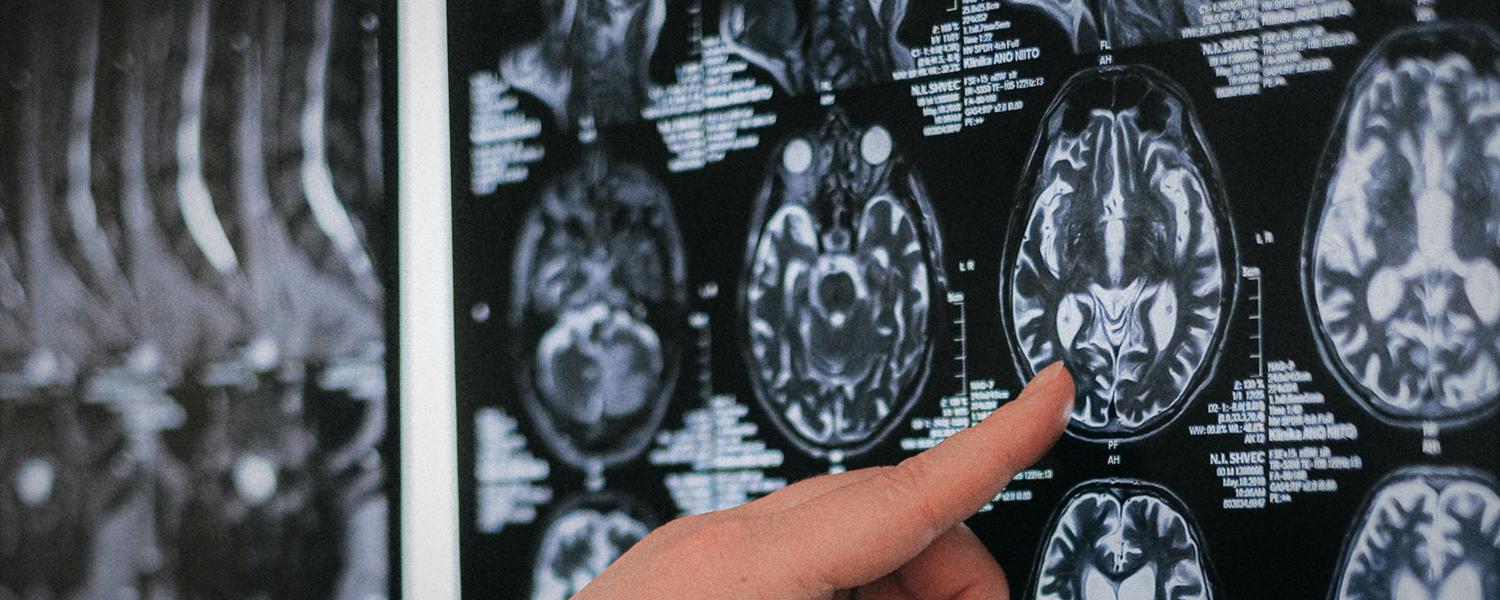
Medical Image Analysis
Cerebrovascular segmentation in 4D ASL MRA images
Fast and accurate automatic cerebrovascular segmentation is important for clinicians and researchers to analyze the vessels of the brain, determine criteria of normality, and identify and study cerebrovascular diseases. Nevertheless, automatic segmentation is challenging due to the complex shape, inhomogeneous intensity, and inter-person variability of normal and malformed vessels. The aim of this project is to develop automatic segmentation methods of the vessels of the brain in time-of-flight magnetic resonance angiography (TOF MRA) images.
Improved automatic morphology-based classification of Parkinson’s disease and progressive supranuclear palsy
Parkinsonian syndromes encompass a spectrum of neurodegenerative diseases, which can be classified into various subtypes. The differentiation of these subtypes is typically challenging. The aim of this project is to develop image-based classification methods of patients with Parkinson’s disease on diffusion-tensor magnetic resonance imaging (MRI).
Fully automatic segmentation and quantification of lightsheet microscopy images for developmental biology research
The aim of this research project is to develop machine learning techniques for image quality enhancement, cell segmentation and classification, and registration of the images for morphometric analysis. We propose and evaluate convolutional neural networks (CNNs) for segmentation of tissues, cells and proliferative cells.
Fully Automatic Landmarking of Syndromic 3D Facial Surface Scans Using 2D Images
The objective of this project was to extend a state-of-the-art image-based 2D facial landmarking algorithm for the challenging task of 3D landmark identification on subjects with genetic syndromes, who often have moderate to severe facial dysmorphia. The automatic 3D facial landmarking algorithm uses 2D image-based facial detection and landmarking models to accurately identify 12 landmarks on 3D facial surface scans in under 1 second per scan.
Healthy brain aging
Healthy brain aging leads to morphological changes in the cortical, subcortical and vascular structures of the brain. Several changes are also associated with neurological diseases such as Alzheimer’s diseases. Understanding better these changes is important to be able to differentiate pathological versus normal aging at an early stage.
